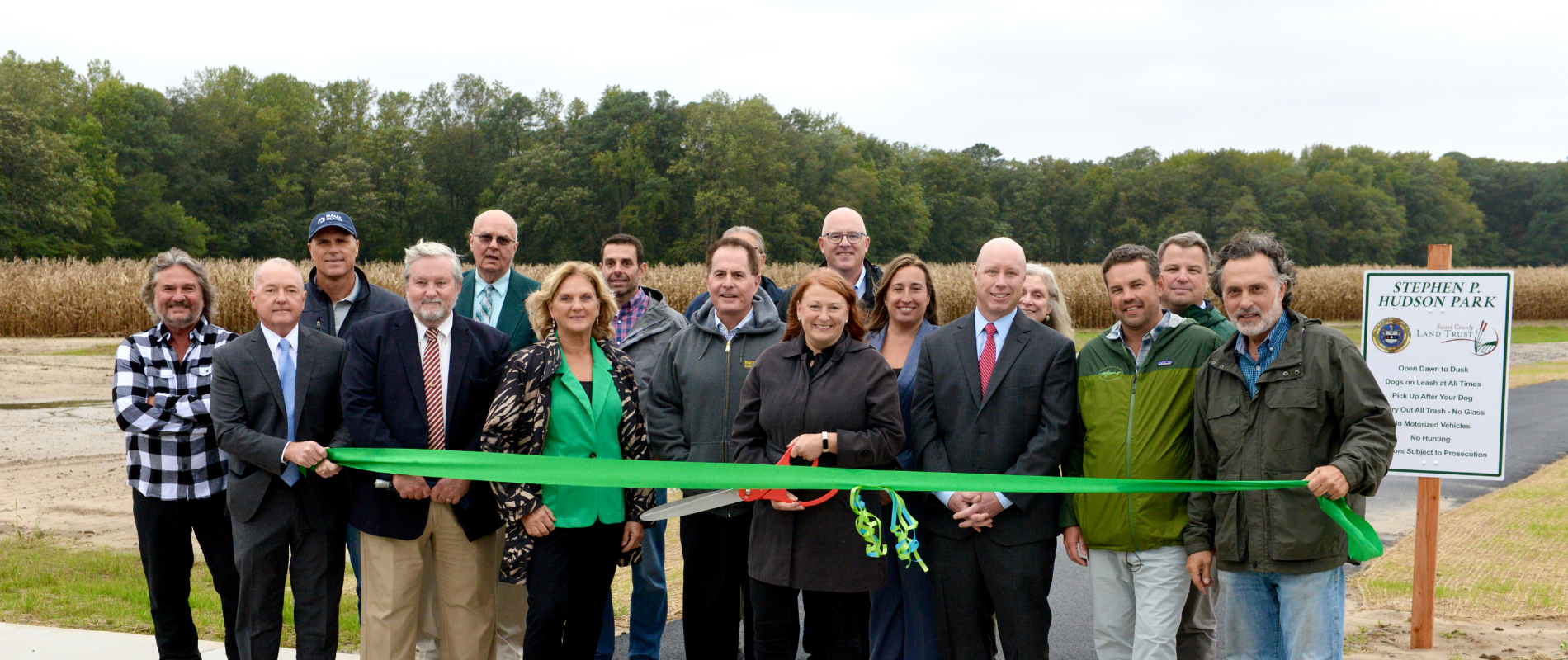Protect, Optimize and Increase ROI with BIM and CMMS for Facility Management
Facilities have always required hands-on attention to operate efficiently and steadily. But today, data-informed attention is just as critical.
Building systems keep growing smarter and more interconnected, which also makes them more complex. Keeping these systems up, running and optimized for occupant health/safety/productivity—as well as protecting the owner’s investment—requires facilities managers to coordinate and control a myriad of moving parts, both literally and figuratively. It’s a job that requires both hands-on know-how and data-informed attention. This is where BIM and a CMMS come in.
BIM (Building Information Modeling) combined with a CMMS (Computerized Maintenance Management System) help building owners, facilities managers, technicians and maintenance personnel manage the complexity. They can help you optimize facilities to protect people and assets and realize the facilities’ ROI potential.
BIM captures facility information; a CMMS helps you use that information to manage the facility.
The goal of BIM is to capture as much information about a facility as possible so it can be used to make better decisions about managing that facility down the road. Typically, the BIM process begins when facilities are developed, designed and constructed. However, existing buildings can also use the process to modernize facilities management going forward. In either case, the goal is to build a central, accessible repository of building data. This can include equipment specifications, cost information, conceptual and construction drawings, contractor information, maintenance history, and more.
The resulting database has multiple applications:
- During construction, BIM keeps the project team in sync and allows operators to understand the ins and outs of the facility well before opening by giving all parties access to crucial building data.
- For completed buildings, BIM is the central structure that is used to support all aspects of operations, from daily maintenance to building optimization via a CMMS.
CMMS with BIM lets you:
- Create an easier handoff once a building is complete and moves from construction to occupancy.
- Increase efficiency and decrease errors because all team members have access to the same data.
- Spend less time tracking maintenance issues and historical data about the building and its systems.
- Practice ongoing preventive maintenance to eliminate run-to-fail issues.
- Manage current maintenance costs and project future costs based on historical data and ongoing tracking throughout the life cycle of the building and its systems.
- Analyze and optimize building use and energy consumption to both maximize efficiency and minimize costs.
- Facilitate building and systems upgrades, retrofits and renovations because the building and systems history is well documented.
Even beyond these BIM/CMMS applications and benefits, you also have the potential to create an up-to-date, dynamic 3D model of the building, called a Digital Twin. Digital Twins bring their own set of benefits, which we’ll explore next time.
Our facilities management solution uses Autodesk BIM products to help you streamline, coordinate and improve operations and maintenance—whether you have one facility or many. Learn more.
Our Clients
With every service we deliver, we believe in measurable results—both in the short term and the long term. We take pride in our reputation for maximizing our client’s investment.











